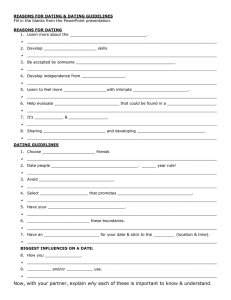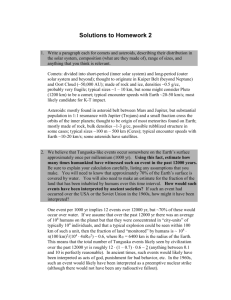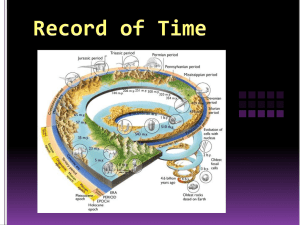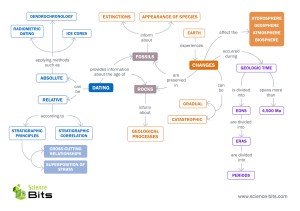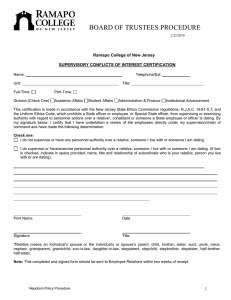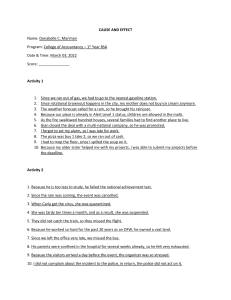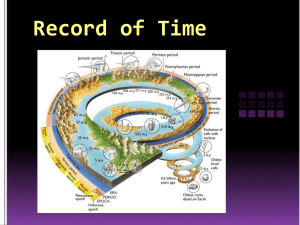Homework 2: Crater formation and real-life collisions
advertisement
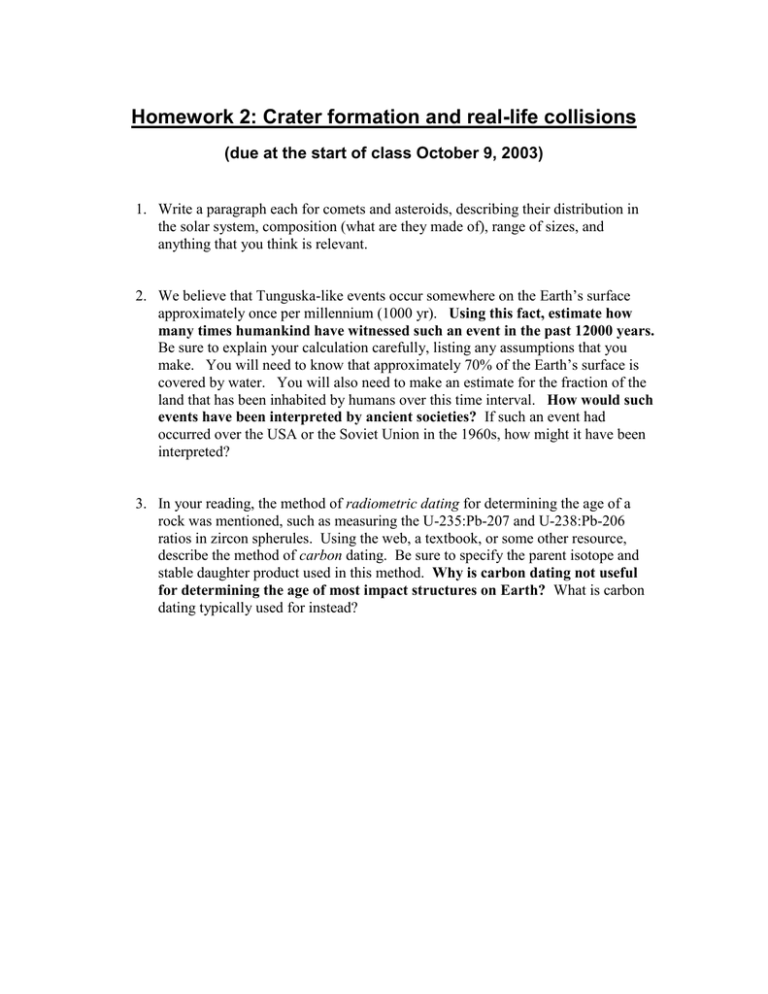
Homework 2: Crater formation and real-life collisions (due at the start of class October 9, 2003) 1. Write a paragraph each for comets and asteroids, describing their distribution in the solar system, composition (what are they made of), range of sizes, and anything that you think is relevant. 2. We believe that Tunguska-like events occur somewhere on the Earth’s surface approximately once per millennium (1000 yr). Using this fact, estimate how many times humankind have witnessed such an event in the past 12000 years. Be sure to explain your calculation carefully, listing any assumptions that you make. You will need to know that approximately 70% of the Earth’s surface is covered by water. You will also need to make an estimate for the fraction of the land that has been inhabited by humans over this time interval. How would such events have been interpreted by ancient societies? If such an event had occurred over the USA or the Soviet Union in the 1960s, how might it have been interpreted? 3. In your reading, the method of radiometric dating for determining the age of a rock was mentioned, such as measuring the U-235:Pb-207 and U-238:Pb-206 ratios in zircon spherules. Using the web, a textbook, or some other resource, describe the method of carbon dating. Be sure to specify the parent isotope and stable daughter product used in this method. Why is carbon dating not useful for determining the age of most impact structures on Earth? What is carbon dating typically used for instead?

